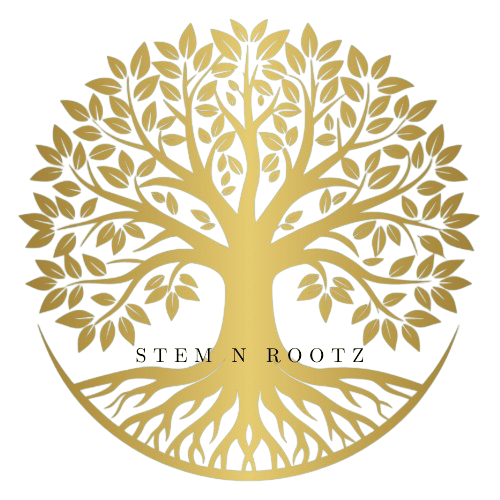Glioblastoma, the most aggressive form of brain cancer, poses significant challenges to patients and healthcare professionals alike. With conventional treatments offering limited success, researchers are exploring alternative approaches to improve outcomes and quality of life for those affected by this devastating disease. A recent study sheds light on the potential of herbal medicine as a complementary therapy for glioblastoma, offering hope for enhanced treatment strategies and prolonged survival.
Understanding Glioblastoma:
Glioblastoma is characterized by its rapid growth and invasive nature, making it difficult to treat effectively. Standard therapies, including surgery, radiation, and chemotherapy, often provide only modest benefits, with recurrence and progression remaining common challenges. Despite advancements in medical science, the prognosis for glioblastoma patients remains poor, highlighting the urgent need for novel therapeutic interventions.
Herbal Medicine: A New Frontier in Glioblastoma Treatment:
Recent research has explored the use of herbal medicine, or phytotherapy, as a complementary approach to conventional treatments for glioblastoma. A groundbreaking study investigated the efficacy of herbal formulations containing a diverse array of plant species in combination with standard medical therapies. The results revealed promising outcomes, with some patients experiencing prolonged periods of tumor control and even regression.
Key Findings from the Study:
The study included five patients with glioblastoma who received herbal medicine in addition to standard treatments such as chemotherapy and radiation. Remarkably, two patients who took the herbal medicine concurrently with chemotherapy and radiation remained free of tumor recurrence for over four years. Similarly, two other patients who commenced herbal therapy following the completion of conventional treatment also achieved long-term remission. Even in cases of tumor progression, herbal medicine demonstrated the ability to inhibit further growth and induce tumor regression.
Core Herbs in the Formulations:
The herbal formulations used in the study contained a combination of potent plant species, each selected for its potential anti-cancer properties. Key herbs included Artemisia absinthium (wormwood), Artemisia vulgaris (mugwort), and Viscum album (mistletoe), which formed the foundation of the therapeutic preparations. These herbs, renowned for their anti-inflammatory, immunomodulatory, and cytotoxic effects, played a crucial role in inhibiting tumor growth and enhancing patient outcomes.
Mechanisms of Action:
While the exact mechanisms underlying the anti-cancer effects of herbal medicine require further investigation, several bioactive compounds found in the core herbs may contribute to their therapeutic efficacy. Compounds such as artemisinin in Artemisia species, lectins and viscotoxins in mistletoe, and various phytochemicals in other herbs exert cytotoxic effects on tumor cells, inhibit angiogenesis, and modulate the immune response against cancer.
The integration of herbal medicine into standard glioblastoma treatment regimens represents a promising avenue for improving patient outcomes and quality of life. By harnessing the diverse therapeutic properties of medicinal plants, researchers and clinicians can offer new hope to individuals battling this aggressive form of brain cancer.
For more information and updates on herbal medicine research, visit stemnrootz.ca. Together, let's empower patients and healthcare providers with innovative solutions for glioblastoma treatment and beyond.
#Glioblastoma #HerbalMedicine #BrainCancerAwareness #StemnRootz

